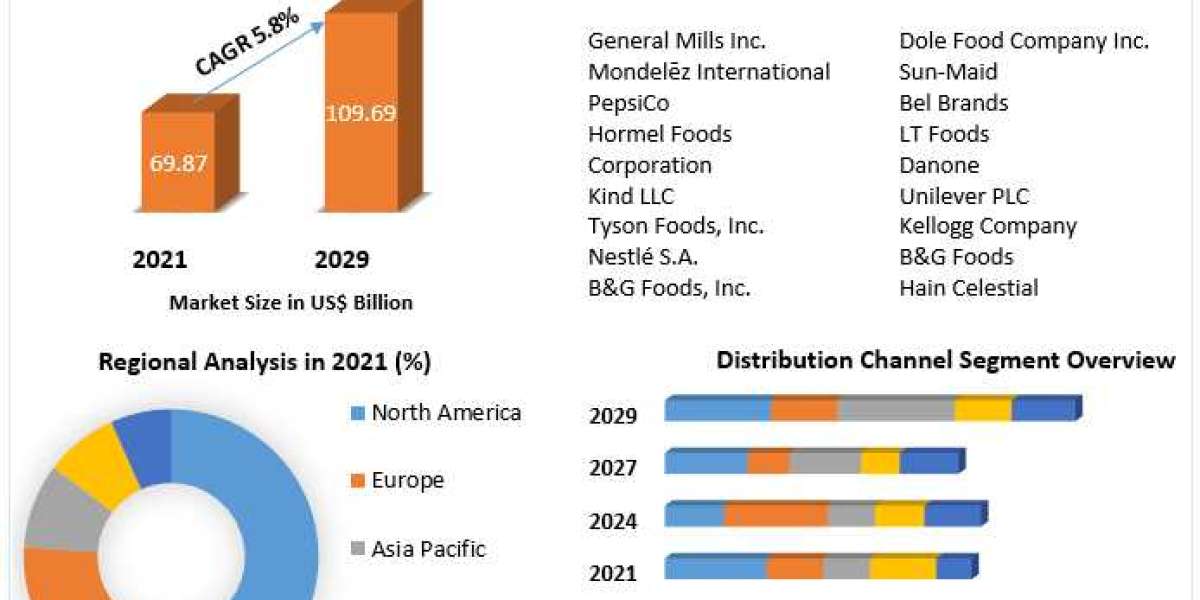The Evolution of Link Shortening: From TinyURL to Bitly and Beyond
In the pre-smartphone era, long, clunky URLs were a fact of life. Sharing them was cumbersome, visually unappealing, and prone to typos. Then came the dawn of URL shorteners, tiny heroes who revolutionized the way we connect online. Let's embark on a journey through the evolution of link shortening, from the humble beginnings of TinyURL to the feature-rich world of Bitly and beyond.
TinyURL: The OG of Shortening (2002)
It all started with a simple script by Kevin Gilbertson. He created TinyURL, a no-frills service that allowed users to shrink their monstrous URLs into bite-sized pieces. It was basic, anonymous, and free, instantly capturing the hearts (and clicks) of a web-hungry world. TinyURL became synonymous with link shortening, paving the way for a future of concise connections.
The Rise of Bitly and Feature Fatigue (2008)
Bitly entered the scene with a bang, offering more than just a shorter URL. Analytics, branded domains, team collaboration – it was a game-changer for businesses and marketers. But with great power came great complexity. The once-simple act of shortening a link became a feature-laden odyssey. Users were left wondering, "Do I really need all this?"
The Pendulum Swings: Back to Basics (2010s)
As feature fatigue set in, alternative services like Rebrandly and Ow.ly emerged. They focused on specific niches – branding, security, or social media – offering a more streamlined experience. Users craved the ease of TinyURL with the sophistication of Bitly, but without the overwhelming options.
The Current Landscape: A Canvas of Possibilities (2020s)
Today, the URL shortening landscape is vibrant and diverse. We have social media-savvy platforms like BL.INK, data-driven powerhouses like ClickMeter, and even security-first options like Sniply. There's a service for every need, every brand, and every user.
Beyond Shortening: The Future of Links
But the story doesn't end there. Link shortening is evolving into a hub for content discovery, engagement, and even monetization. Imagine links that automatically adapt to different devices, preview content before users click, or even track user behavior across platforms. The possibilities are endless.
Remember, the journey of URL shortening is a testament to our ever-evolving relationship with the internet. From the basic need to save space to the desire for deeper engagement and insights, these tiny links have mirrored our changing online habits. And as we continue to explore the potential of the digital world, one thing is certain: the future of links will be shorter, smarter, and more connected than ever before.
So, the next time you shorten a URL, take a moment to appreciate the journey it represents. From the humble beginnings of TinyURL to the ever-expanding possibilities of the future, these tiny links are more than just shortcuts; they're tiny threads weaving the fabric of our online world.
source: free reverse ip lookup



